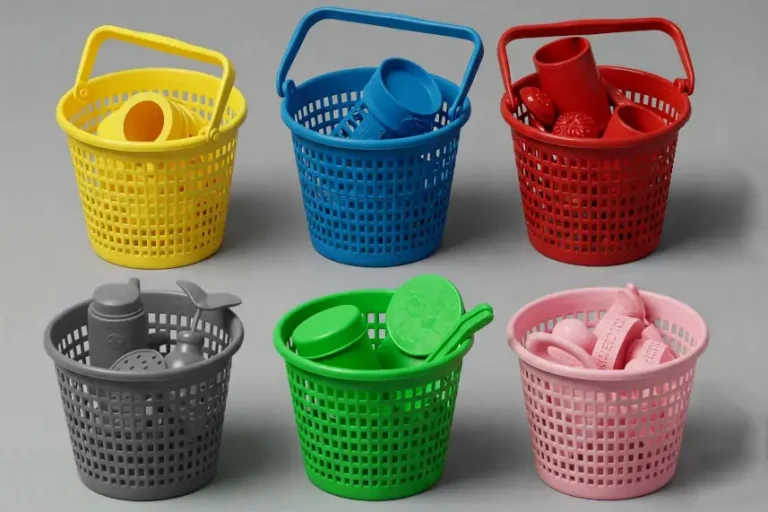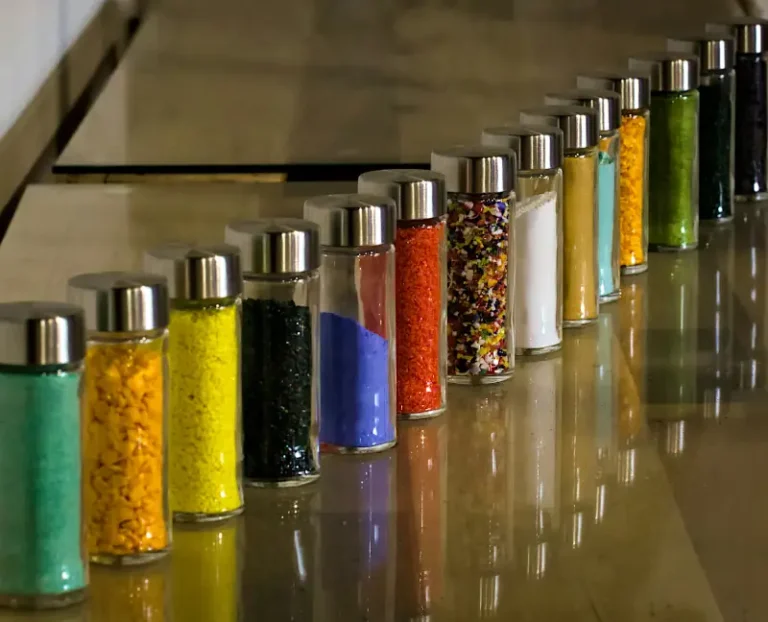The Colour Monster by Anna Llenas is a popular children’s book that explores emotions through colours, making it an excellent resource for EYFS settings. The book can be used to help young children identify and understand their feelings in a fun, visual way.
Below are some engaging and educational Colour Monster activities for EYFS, designed to promote emotional literacy, creativity, and social interaction.
Blossom’s Recommended Colour Monster Activities for Early Years:
1. Emotion Sorting Activity
Create coloured jars or baskets to match the emotions in the book, such as yellow for happiness, blue for sadness, and red for anger. Provide children with emotion cards or objects in matching colours, and ask them to place these in the correct jars.

This activity helps children identify and discuss their emotions while improving colour recognition and categorisation skills.
EYFS Areas of Learning and Development and Learning Goals:
- Personal, Social, and Emotional Development (Managing Self)
- Communication and Language (Speaking)
- Mathematics (Number, Numerical Patterns)
2. Colour Monster Craft
Encourage children to create their own Colour Monsters using materials like coloured paper, paint, googly eyes, and pipe cleaners. Each child can choose a specific emotion and colour to represent their monster.
This activity supports creativity and fine motor development while giving children a chance to express their feelings through art. To take the activity further, ask the children what makes them feel the emotion they’ve crafted. What makes them feel loved, scared, sad and so on?
EYFS Areas of Learning and Development and Learning Goals:
- Expressive Arts and Design (Creating with Materials)
- Physical Development (Fine Motor Skills)
- Personal, Social, and Emotional Development (Managing Self)
3. Emotion Jars
Create emotion jars with coloured water to represent each of the Colour Monster’s feelings. Fill jars with water and use food colouring to match the emotions, such as yellow for happiness, red for anger, and blue for sadness.

Let your children shake the jars and watch how the water moves, using this as a starting point for discussing how emotions can change. This sensory activity provides a calming effect and encourages emotional reflection.
EYFS Areas of Learning and Development and Learning Goals:
- Understanding the World (The Natural World)
- Personal, Social, and Emotional Development (Managing Self)
- Communication and Language (Speaking)
4. Feelings Chart
Create a daily feelings chart in the classroom, where children can place their name or a photo next to a colour/emotion that represents how they feel that day.
This activity encourages self-awareness and emotional communication, helping children to recognise their own feelings and understand that it’s okay to feel different emotions at different times.
EYFS Areas of Learning and Development and Learning Goals:
- Personal, Social, and Emotional Development (Self Regulation)
- Communication and Language (Listening, Attention and Understanding)
5. Emotion-Themed Story Time
Revisit The Colour Monster during story time, but this time, pause at each emotion to discuss with the children how the monster might be feeling.
Ask them to share moments when they felt the same way. Use props or puppets to bring the story to life, further enhancing emotional understanding and empathy.
EYFS Areas of Learning and Development and Learning Goals:
- Literacy (Comprehension, Word Reading)
- Communication and Language (Listening, Attention and Understanding)
- Personal, Social, and Emotional Development (Self-Regulation)
6. Colour Monster Yoga
Introduce a yoga session where each pose represents a different emotion from The Colour Monster. For example, children can stretch their arms wide for “happy” or curl into a ball for “sad.”

Linking movement to emotions helps children understand how their bodies can express different feelings, promoting physical development and emotional regulation.
EYFS Areas of Learning and Development and Learning Goals:
- Physical Development (Gross Motor Skills)
- Personal, Social, and Emotional Development (Managing Self)
- Expressive Arts and Design (Being Imaginative and Expressive)
7. Colour Mixing Emotions
Incorporate a colour-mixing activity where children combine primary colours to explore how new colours are formed, linking this to emotions. For example, mix red and blue to create purple, and ask children if they think this could represent a combination of feelings like sadness and anger.
This activity introduces early science concepts while fostering emotional discussions.
EYFS Areas of Learning and Development and Learning Goals:
- Understanding the World (The Natural World)
- Expressive Arts and Design (Creating with Materials)
- Personal, Social, and Emotional Development (Self-Regulation)
Incorporating Colour Monster activities for EYFS is an effective way to teach children about emotions in a fun, creative, and engaging manner. These activities promote emotional literacy, social skills, and self-expression while aligning with the EYFS curriculum.
By offering these activities, UK nurseries and early years providers can create a nurturing environment that helps children understand and express their emotions.